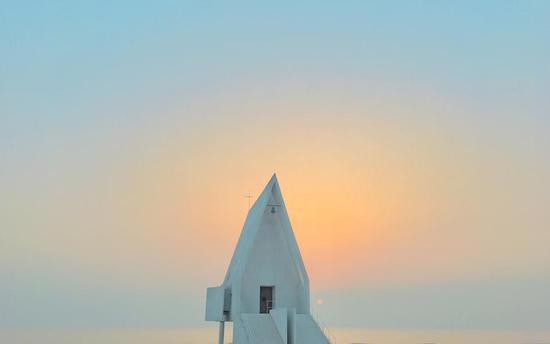
An example of the seaside architecture at Aranya in Qinhuangdao, Hebei province. (Photo provided to chinadaily.com.cn)
While some parents have been racking their brains about where to take their children for the long summer holiday, two options have jumped to the forefront: a seaside escape from home or a relics exploration.
The seaside community of Aranya in Qinhuangdao, Hebei province, and the Sanxingdui Museum in Guanghan, Sichuan province, were recently listed as two of "the world's greatest places of 2024 — 100 extraordinary destinations to explore" by Time magazine.
The Aranya community, about 2.5 hours from Beijing by high-speed train, is luring young Chinese visitors with its minimalistic design and otherworldly serenity, Time said in an article published on July 25.
Yang Zhenning, a director of the community, said construction of Aranya began in 2013 and it now covers more than 300 hectares along the Bohai Sea.
"Our core concept is that life can be more beautiful," Yang said, adding that the community has invested big in the design of its space and architecture.
"We have invited outstanding designers from around the world to create a spatial system of high aesthetic, spiritual, emotional and functional value, constructing buildings such as hotels and restaurants within the community," Yang said.
Residents and tourists in the community can enjoy a variety of facilities such as libraries and bookstores, meeting tourists' different needs.
Upon stepping into the community, tourist Li Xue was struck by its exquisite architecture.
"I have taken countless photos of the buildings incorporating aesthetic design elements," the 38-year-old doctor from Beijing said.
She drove to the community from the capital on a weekend last month.
In addition to visual enjoyment, what impressed Li the most was the quality of service and the warmth and care she received.
"Whether it was asking for directions or recommending attractions, the staff members' attitudes and service quality were always warm and enthusiastic," she said.
About 80 percent of the community's tourists are from Beijing, with some also coming from places across China such as Guangdong province, Shanghai and Tianjin, according to Yang. The number of international tourists has also increased, he added.
From January to June, Aranya received 1.37 million visits. In July, the community experienced continuous rainy days for half a month and received 352,000 visits, roughly in line with the same period last year.
In Guanghan, the Sanxingdui Museum has a display area of 22,000 square meters, showcasing more than 1,500 sets of cultural relics including pottery, bronze, jade, gold and ivory from the Sanxingdui Ruins.
Covering 12 square kilometers, the Sanxingdui Ruins, on which the museum sits, include the remains of an ancient city, sacrificial pits, residential quarters and tombs.
Scholars believe the site was established 2,800 to 4,800 years ago, and archaeological discoveries show it was a prosperous, highly developed cultural hub.
The site was discovered in 1929 when Yan Daocheng, a local villager, unearthed a pit full of jade and stone artifacts while repairing a sewage ditch at the side of his house.
Since the 1930s, archaeologists have conducted excavations there and had a major breakthrough in 1984 when the remains of large palaces and parts of the eastern, western and southern walls of an ancient city were found.
In 1986, two large pits full of bronze artifacts, including masks and figurines, were dug up. The discoveries confirmed the site comprised the ruins of a city that was the political, economic and cultural center of the ancient Shu Kingdom, an ancient civilization that existed in what is now Sichuan province.
The site was one of China's most important archaeological discoveries last century.











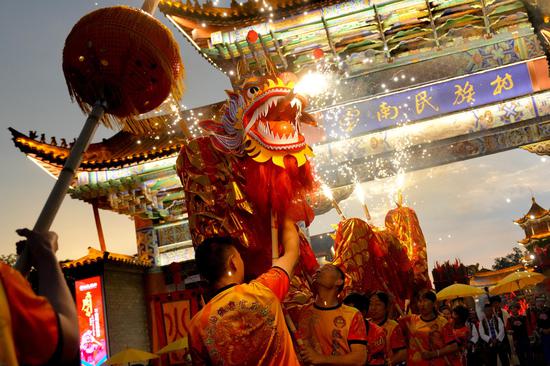
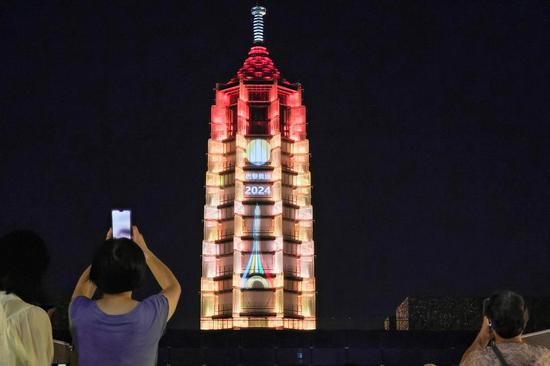







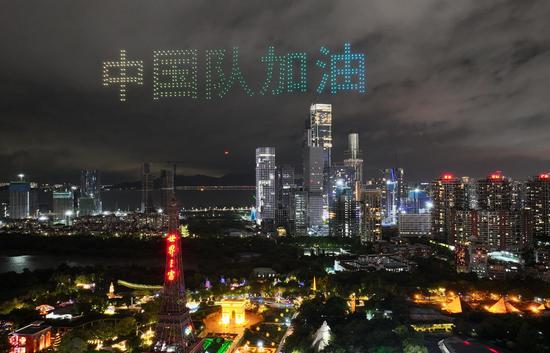


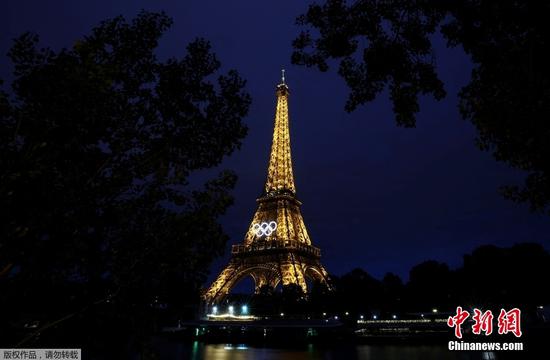



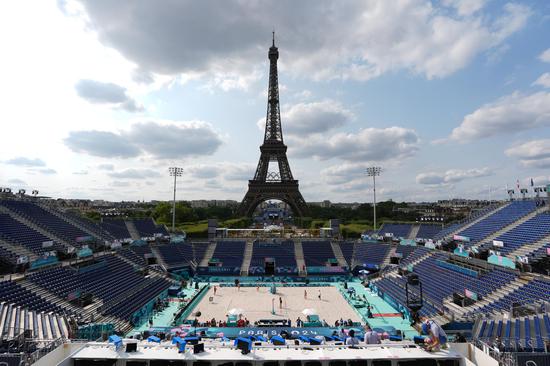

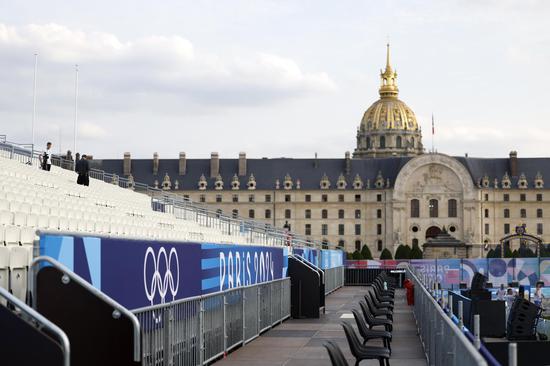
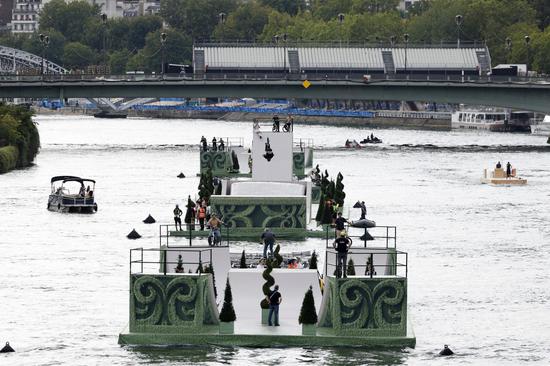
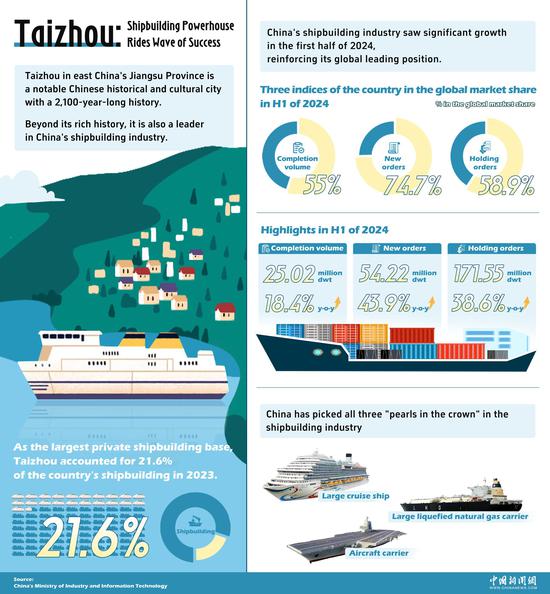
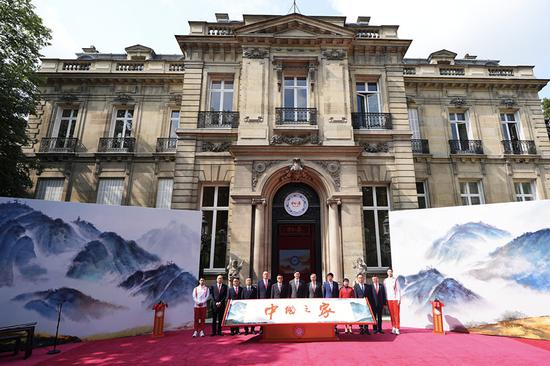

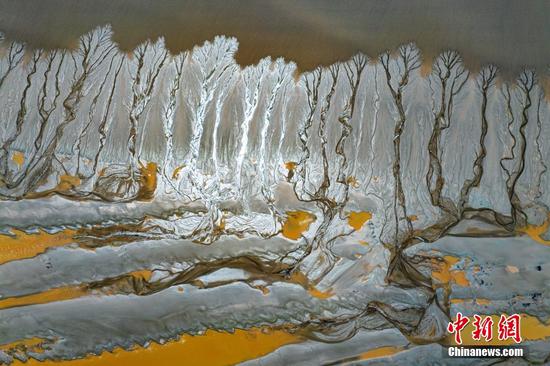


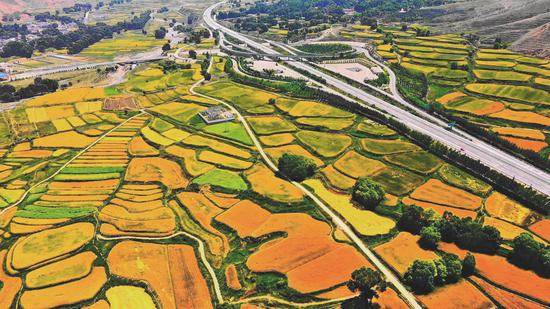
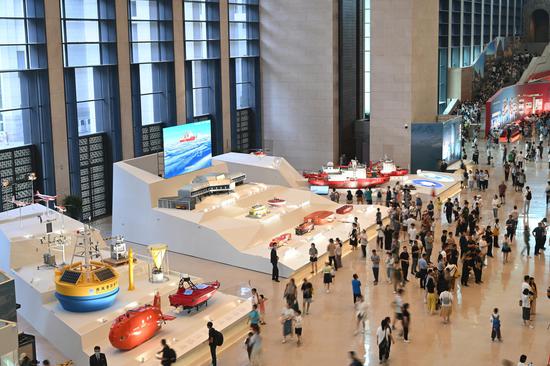
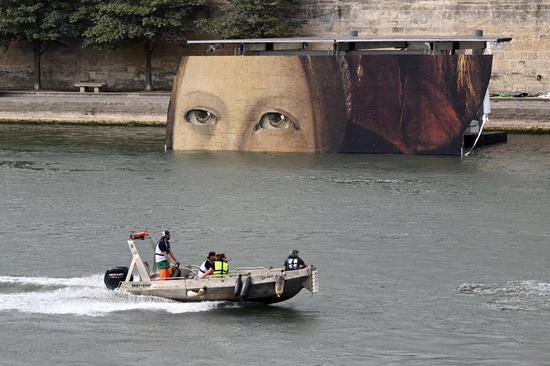
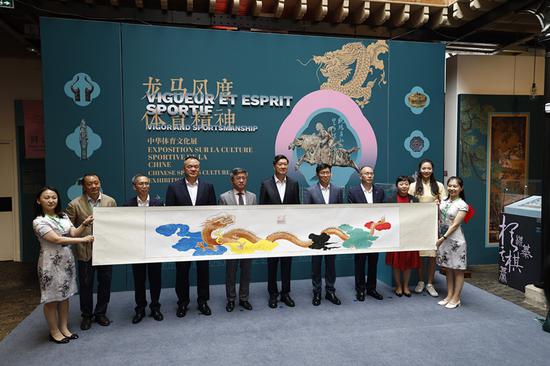


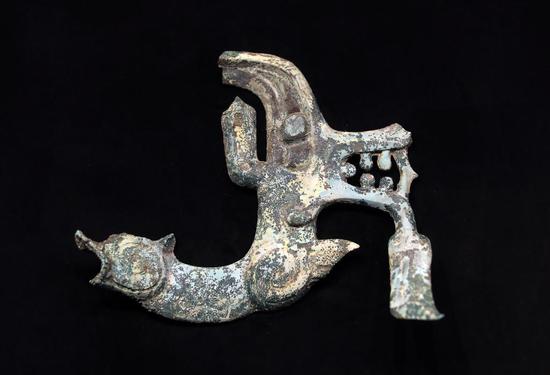



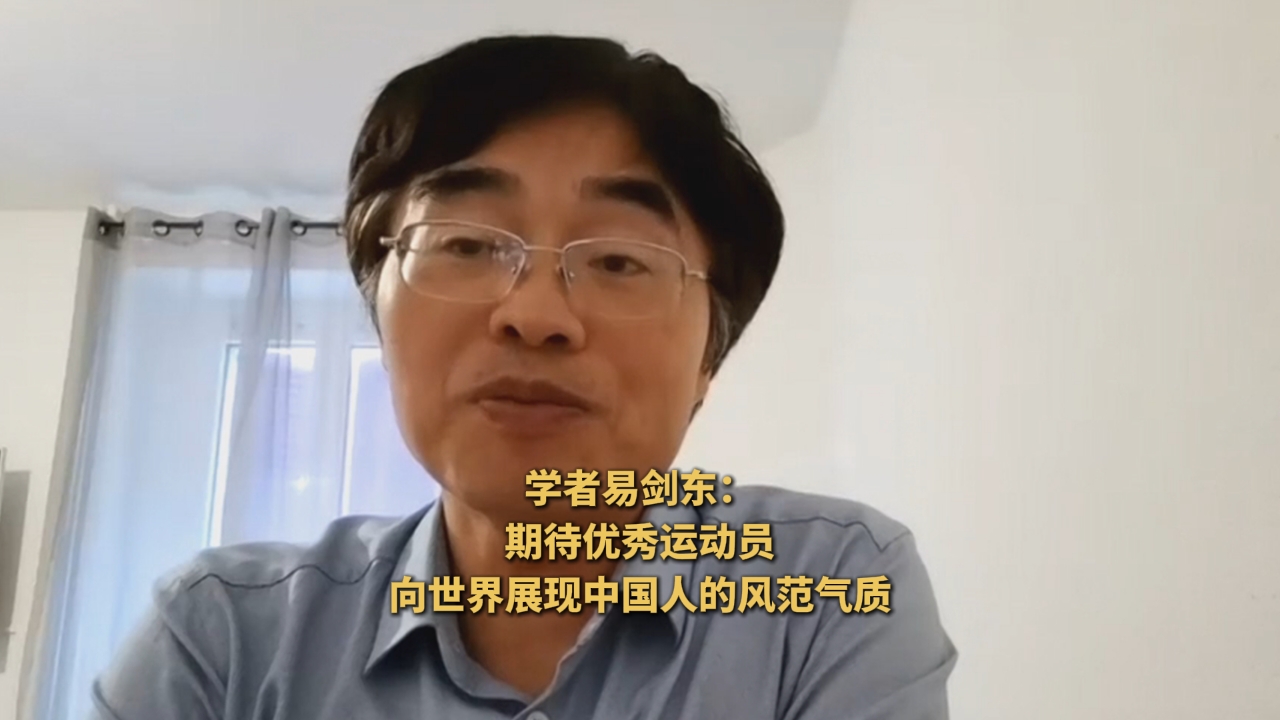

 京公网安备 11010202009201号
京公网安备 11010202009201号